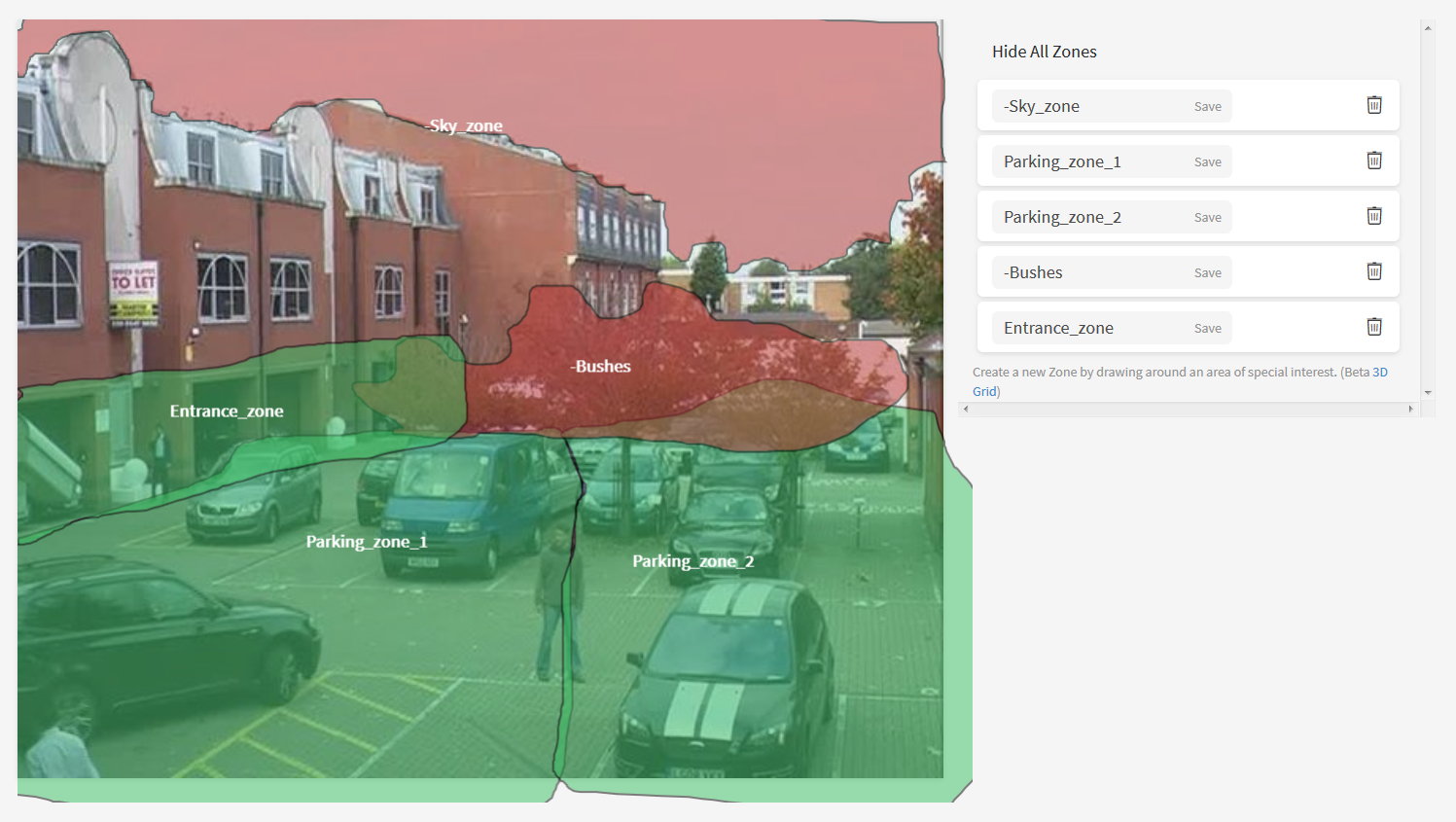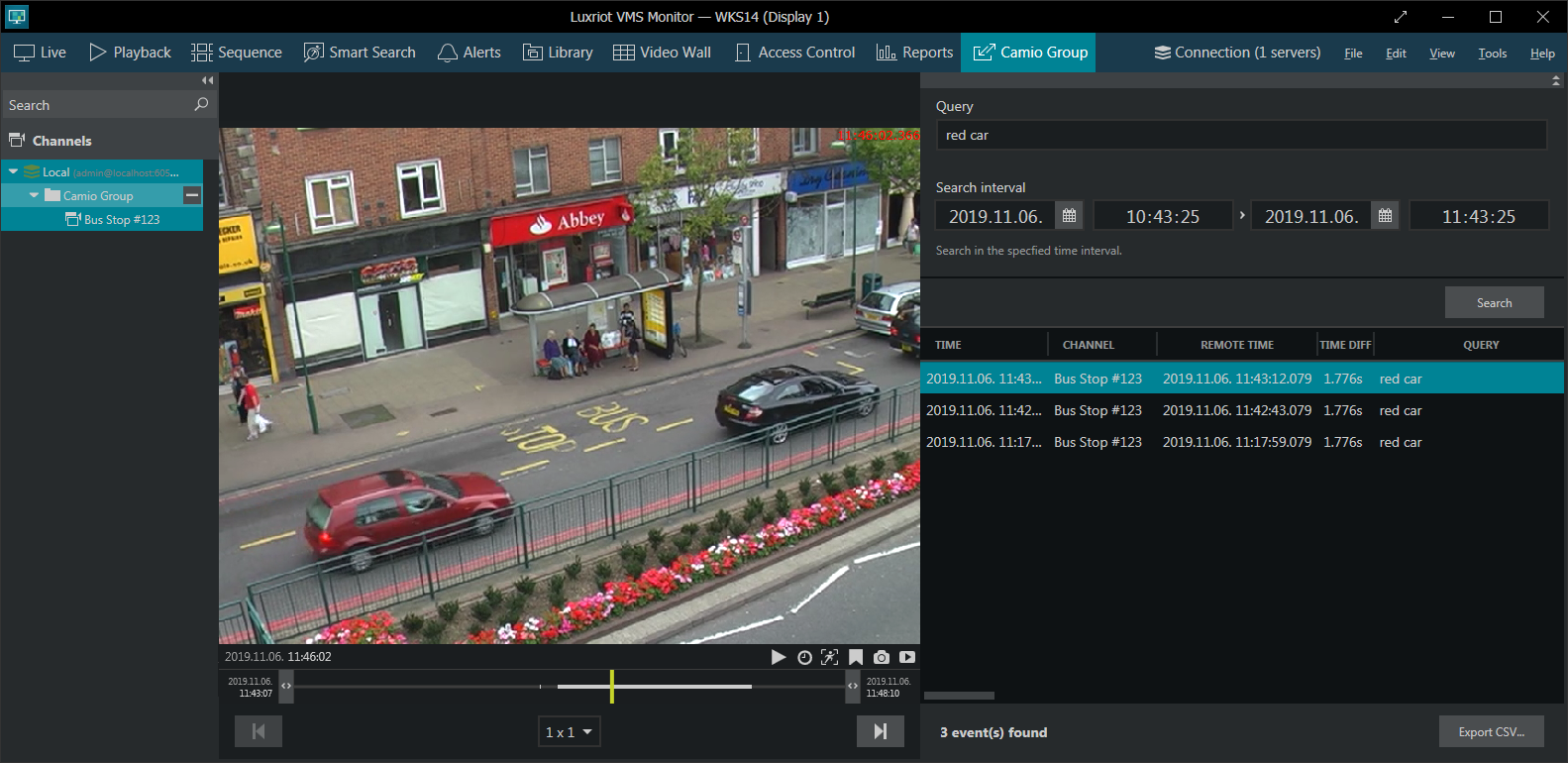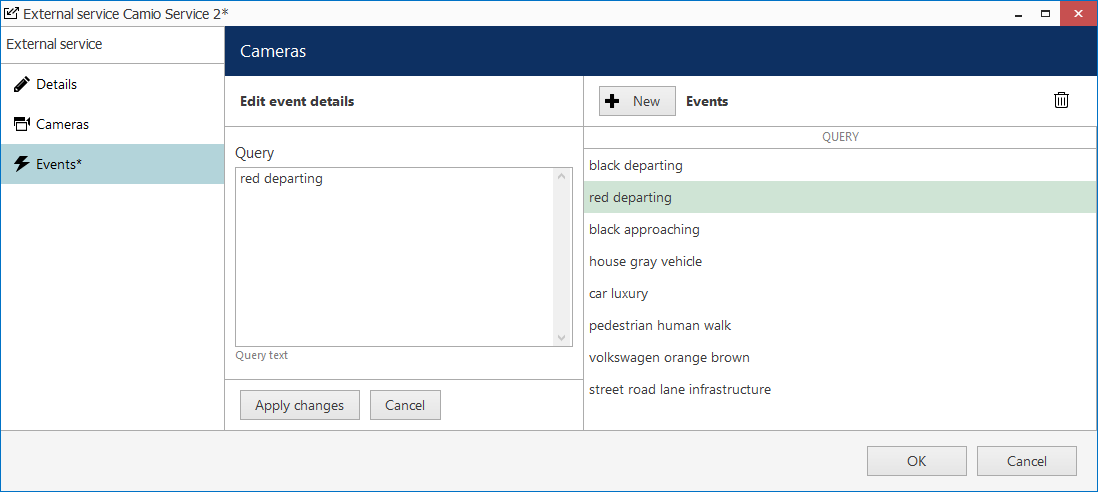Smart is the New Sexy: Meet Camio
Remember the last time you saw a fancy criminal drama? You were probably wondering how come they run all kinds of police database searches and get top accurate results in milliseconds. In real life, we all know it takes significant time to look across all channels and archives to find the right piece of evidence. Thanks to Camio AI, it looks like we are now one step closer to the movieverse.
When running a video surveillance system, one always aims for a balance in the recording. There is no need to write everything; rather, only the necessary footage, just enough to serve its purpose. But how much is just enough? Overcautiousness often results in keeping terabytes and terabytes of recordings – most of them will never be watched. What can we do to help it?
Just like hypertext creates an effective WWW, hypervideo is the new CCTV format. Links, tags, anchors, bookmarks of all kinds – this is what we need. At a good hour, Camio presents a SaaS solution based on neural networks: the cloud search engine that makes your video useful by applying interest-based filters and labels to it. EVO, in its turn, provides a hassle-free setup and a search interface as a part of the integrated experience.
The Cars, They Were All Yellow
Essentially, Camio picks out and marks all really important moments in the video. It detects and labels entities: people and animals, colors, different vehicles – cars, bikes, or buses – and also their movement direction. The latest advances in machine learning promise personalized experience, analyzing your summaries and search patterns for each channel. Thanks to our integration, the natural language search is available in the EVO Monitor, in addition to the original web search.
The engine ignores the irrelevant words in the query wherever possible (e.g., articles and prepositions), allowing you to type in natural, speech-like phrases. What is especially nice, you do not have to know (let alone guess!) the search keywords. Simply type "yesterday" instead of recalling the exact date. Entering "pedestrian" will search across videos with labels like "human", "sidewalk", "walking". If you are good at generic googling, you will also succeed in the rapid investigation.
Just like in motion detection or VCA, you can create zones – areas of interest or non-detection zones – for each channel. Negative zones help avoid false positive detection when there is some unwanted but inevitable motion – swinging trees, waves, or birds. Along with channel names, areas of interest are of great help when searching across multiple streams.

Positive and negative zones in Camio Web editor
Take the Box
It all starts with a box. Hardware or virtual, it acts as a gateway to Camio, connecting you to the cloud services. Smart algorithms are applied on this step already: the box analyzes the stream and only uploads the crucial stuff. Boring, motionless pictures do not consume your bandwidth. Once you have obtained the box, register it on the Camio Web interface, and you are almost ready to go.
Next, keep calm and read the manual. No joking here – EVO administration manual will guide you through the configuration steps. As a result, in under 10 minutes, you will have your EVO S or EVO Global system interlinked with Camio, ready to feed h.264 video streams to the cloud service over a secure connection.
Now, add a cam and let Camio do the job!
Display to Me
Feel free to use both Camio Web search and the dedicated tab in the EVO Monitor to google your footage. (By the way, if you haven't got your Camio box yet but strive for some juicy experience, go ahead and try their demo).
EVO does not store any data locally; when you hit the search button, the results are fetched from the Camio database immediately. This functionality covers the scenario when you only need the investigation.
Remember that movie again? Camio search requests for forensic reviews will bring instant and accurate results:
- Search for a stolen car, e.g., "white Toyota", or "red supercar"
- Look for the pizza delivery man, e.g., "people in red or blue near entrance"
- Find "man-in-black 5am to 6pm zone_parking": use time boundaries and predefined zones

Search Camio events using the dedicated tab in EVO Monitor
Searching from EVO Monitor gives you several advantages. With a single click, you can export the search results into a CSV file for further reference. And, you can continue switching between the EVO tabs to view the footage in the full-featured playback, or to cross-reference the search results with other services.
Action & Action
Another use case is when you subscribe to live events. Here, Camio uses webhooks to send alerts to your EVO server as they arise. All you have to do is subscribe to them in your EVO Console – and all EVO actions are at your service. Whether you simply want it logged, or build a complex scenario notifying third party systems and triggering relay outputs, you can do it in our traditional Event & Action Configurator.

Subscribe to Camio events via EVO Console
Your usage scenarios may vary depending on the project, yet the logic remains the same: real-time reaction to the triggered alert.
- Prevent someone from walking a dog the prohibited zone by sending an audio alert to the speaker
- Detect cars in pedestrian areas and send out email notifications with attached snapshots
- If a vehicle is traveling in the wrong direction on a highway, immediately notify traffic control
It is worth noting that, with the event timestamps and synchronized video/metadata tracks, such recordings can serve as valid evidence in court. EVO software also provides video blurring upon export, watermark validation, and other security features for this purpose.
Know the Difference
Event triggering is not a recent invention: server-side Luxriot VCA also provides advanced video analysis with real-time alerts and after-the-fact search. VCA also works with Events & Actions in EVO, and supports textual search and result export. However, there are several major differences between the two.
Camio is a SaaS platform, whereas Luxriot VCA operates locally on your servers. This means Camio lets you save hardware resources but does not suit isolated, offline ecosystems. Yet, it fits remote installations with limited bandwidth thanks to its on-premise video pre-processing.
VCA analyzes behavior, while Camio primarily targets object types. In VCA, you have to calibrate the engine by classifying the objects – or use the default categories – and benefit from accurate findings of the desired items and their movement patterns. Camio already has some knowledge about entities and focuses entirely on finding them in different circumstances.
Finally, Luxriot VCA licensing is server-based, without any time frames; Camio has a subscription policy with a monthly fee. Both suites, as you might expect, have channel-based packages.
Depending on the project, either solution may have its pros and cons, and there is no universal choice.
Look Into the Future
Thanks to the advanced video analytics services like Camio, CCTV gets smarter each day. Before, a trespasser could hope the security guards will miss him because they were bribed, asleep, or gone for a cigarette. Now that the machines do all the routine, he might as well awake to find himself famous with that footage tweeted.
Alright, alright, alright, just kidding, we know there's GDPR.


